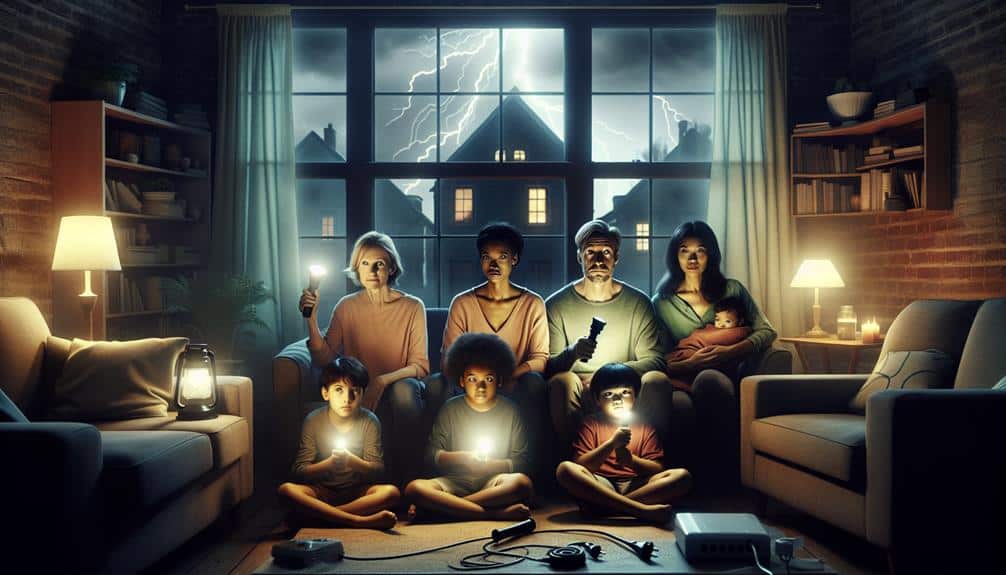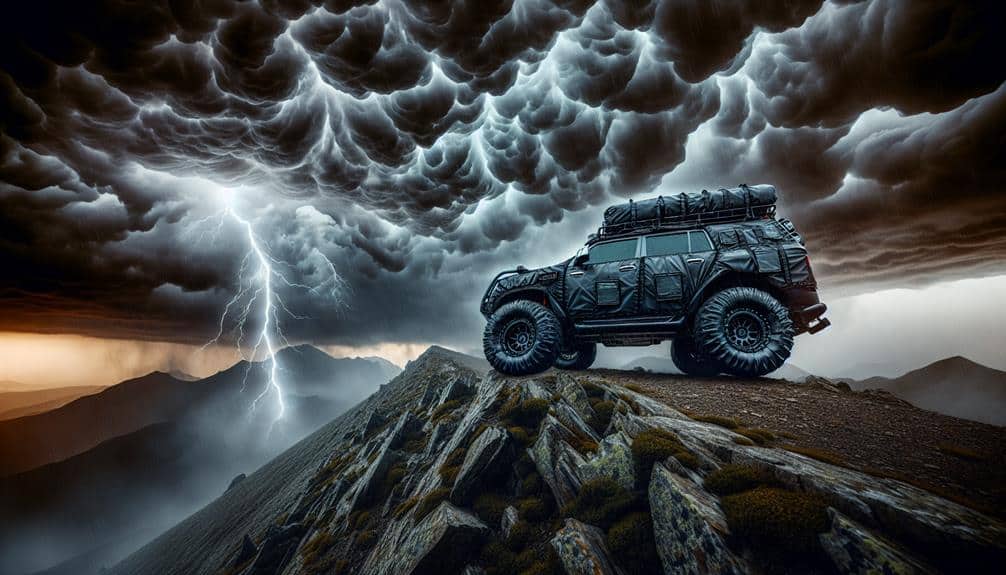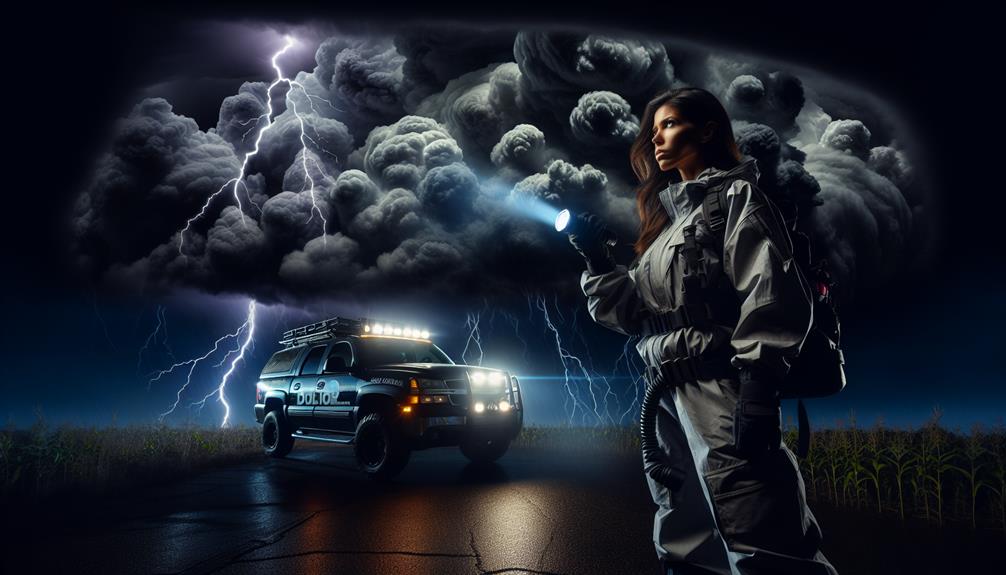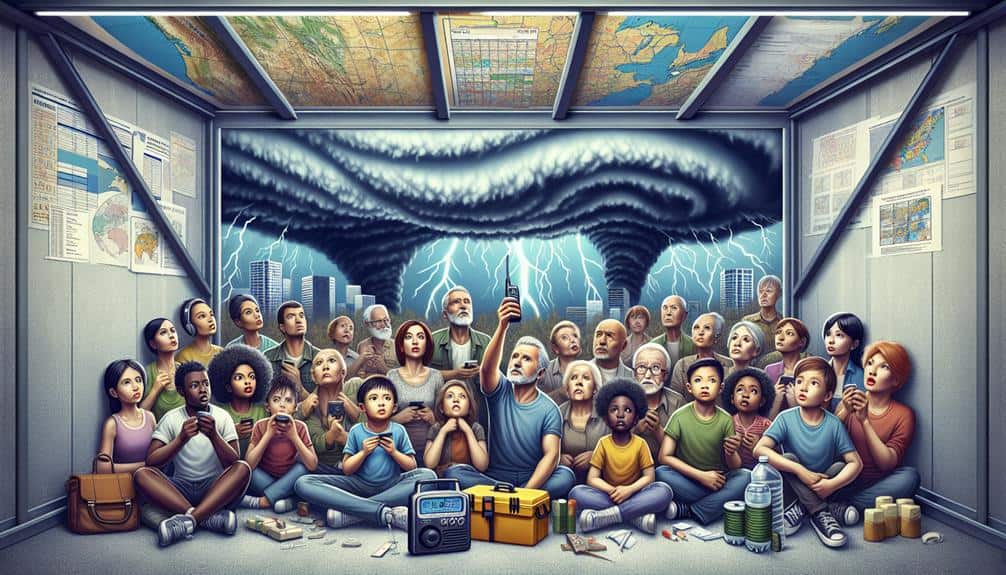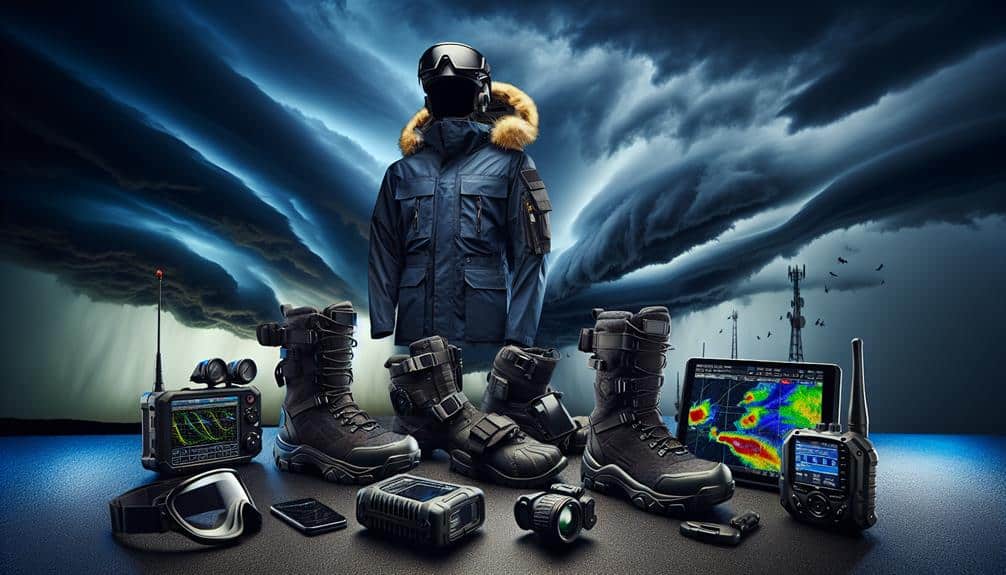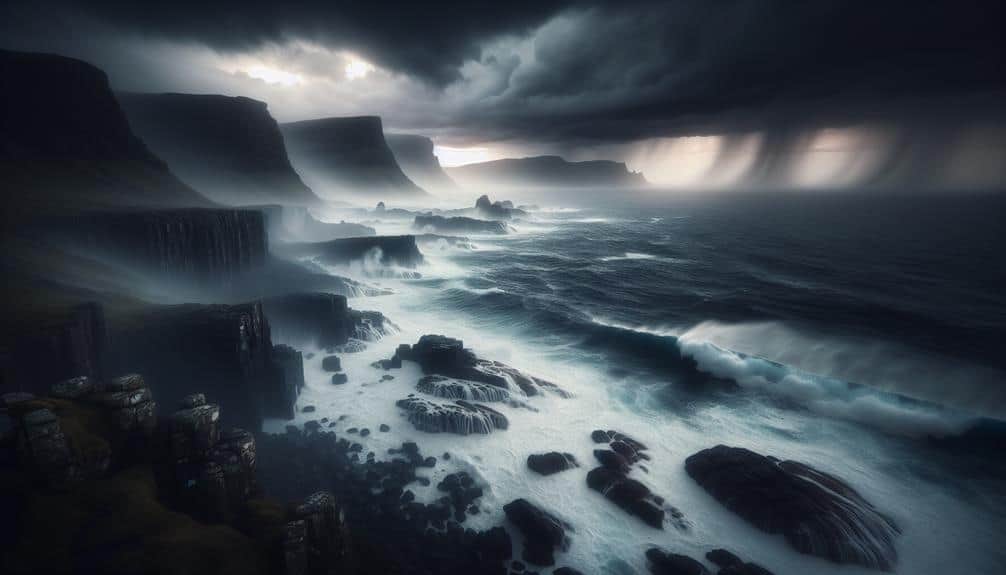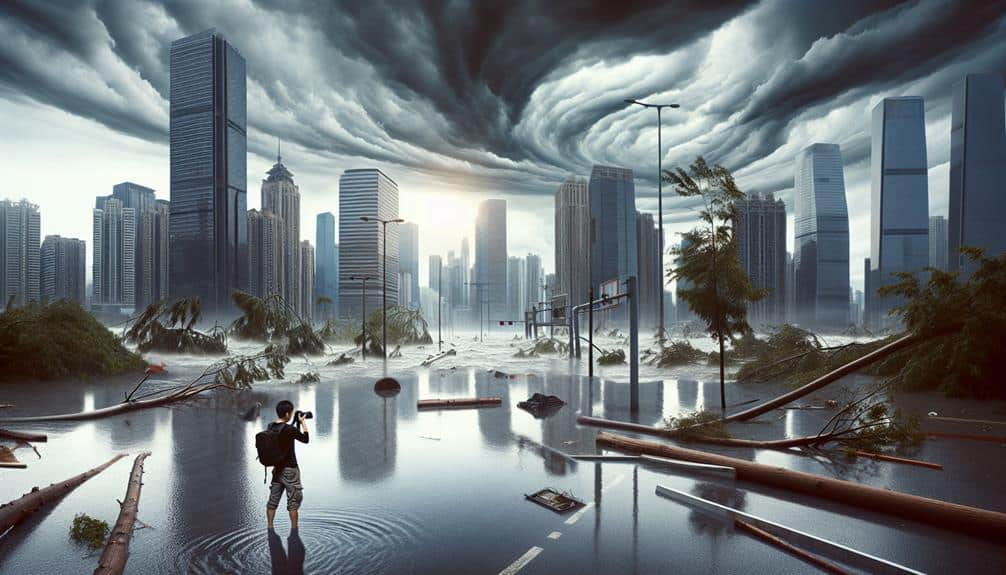10 Best Safety Measures During Lightning Storms
During lightning storms, we should prioritize safety using these data-driven measures. Staying indoors greatly reduces the risk of being struck, with lightning causing 27 fatalities annually in the U.S. The 30/30 rule helps by advising us to stay inside until 30 minutes after the last thunderclap. Avoiding water sources, windows, and tall structures helps minimize […]
10 Best Safety Measures During Lightning Storms Read More »
